How to grow Hyssop from seeds and take care of the site, how to apply
Hyssop, or St. John's wort, is a fragrant and healthy shrub that produces charming purple flowers. It is unpretentious and gratefully responds to care, most often grown from seeds, preferably by seedling.
St. John's wort develops quickly enough, its harvest is used in cooking, medicine, to create sachets. However, the decorative qualities of St. John's wort also make the culture interesting for the gardener.
Description
The hyssop reaches a height of 70 cm. The stems are pubescent, have a four-sided section, the leaves are wedge-shaped. A bush growing in fertile soil has more than five dozen stems. The plant is decorated with pink, purple or bright blue (rarely white) flowers. The inflorescences are distributed along the trunk in the form of an ear. The scent of flowers actively attracts bees. Because of this, hyssop is often used as a melliferous crop.
Interesting fact
The Latin name for this perennial herb is based on the Hebrew word "esob", meaning "sacred fragrant herb." Indeed, the spice is valuable for its biological properties and has long been considered medicinal.
Hyssop varieties
Hyssop is the name of a genus of plants, which, according to modern concepts, has only seven species.
Three of them are most popular in gardening:
- Ordinary, or medicinal. Erect, lignified stems from below form a half-shrub 0.5-0.7 m high with small leaves. Long bloom from June to August, and fruits ripen until September. In the wild, it grows in the steppes and on mountain slopes.
- Anisic. Small branchy bushes no more than 0.5 m in height. The leaves exude a pleasant aroma of anise, which becomes brighter when rubbed. Flowers have a lavender color, are edible, become a good decoration for salads.
- Chalky. Outwardly, it resembles medicinal hyssop. A semi-shrub with a height of only 0.2-0.5 m. Inflorescences, which are blue in color, exude a bright balsamic fragrance. This type of plant can be called a pioneer, settling on chalk surfaces, for which it got its name. It is one of the rare plants listed in the Red Book.
Several breeding varieties of hyssop are now known: "Doctor", "Rassvet", "Hoarfrost", "Accord", "Pink fog" and others. Their difference lies mainly in the color of the inflorescences.
Important! Hyssop is capable of cross-pollination. When planting different varieties, they must be isolated or spaced a sufficient distance (however, this is not easy to achieve in small gardens).
How to grow seedlings
St. John's wort is sometimes propagated by seeds, which are sown directly on an open bed. However, the seedling method will help to get viable bushes and keep more shoots. In order to grow seedlings ready for relocation to the site by May, the seeds must be sown 60 days before the procedure, i.e. from 1 to 15 March.
You can buy seedlings, but it is much more reliable and much cheaper to form them yourself. To do this, fill a shallow container with sand. It is allowed to mix the seeds with sand, but it is more effective to plant them in pre-moistened grooves with an interval of 3 cm. After 10-12 days, seedlings will appear. When the seedlings acquire three real leaves, they must be dived into separate plastic or peat cups and the seedlings must be grown in them.
Planting in a garden
The seedlings are ready to be transplanted to a permanent place when at least six true leaves appear on them. The right time for the procedure is the end of May. During this period, there is no chance of frost.
Seedlings are planted at a distance of 20-35 cm from each other. When they take root, they are thinned out, replanting the excess to another site. It is recommended to bury the seedlings in the soil up to 10 cm and make sure that the growth zone is not buried in the ground.
Seed planting in open ground
The timing of planting when growing by the "seedless" method is somewhat different: the seeds should be sown by the end of April - early May, mixing the seed with sand. The seed mixture is placed in small furrows with a depth of 0.5-1 cm, the interval between them should be 0.5 m. The seedlings must be covered with a thin layer of soil (1 centimeter), and peat must be sprinkled on top. It will protect the soil from crusting and washing out during watering, as well as from cold.
Sometimes hyssop is sown before winter, before frost. At the same time, there is no need for mulching, and the first shoots will appear in the spring. To secure the beds, it is allowed to cover with non-woven material.
With any method, seed germination will begin when the air temperature rises to + 5 ° C. Seedlings will hatch after 10 days. When more than eight true leaves appear on the plants, the plant must be thinned out, leaving an interval of 20 cm between the bushes.
Growing conditions
Hyssop is an unpretentious culture that does not require close attention and scrupulous recreation of native conditions. Any type of soil will do, except swampy soil.
Care features:
- abundant watering is not required, periodic irrigation in hot weather is sufficient; excessive moisture has a detrimental effect on the flower;
- sanitary pruning of bushes must be carried out before winter, this has a stimulating effect on their development in the next season;
- work on the destruction of pests will not have to be done due to the specific smell of the plant, which repels harmful insects;
- you need to feed it moderately so that the plant does not grow, to the detriment of flowering; complex mineral fertilizer must be applied a month after the seeds sprout: two tablespoons of the product are diluted in a bucket of water; then feeding is repeated once a month during flowering;
- It is not recommended to fertilize the flower bed with manure. He is able to kill the spicy aroma of a spicy plant.
Advice! In one bed, hyssop develops correctly for no more than 7 years, then degenerates. Experts advise replanting the bushes every five years, dividing them for reproduction.
Application
The aroma of hyssop - with a bitter taste. It is widely used in perfumery, aromatherapy, and of course, cooking. Young apical leaves of hyssop convey unique notes to salads, cottage cheese, meat and fish dishes. Hyssop pickles add spice. St. John's wort is widely used in folk medicine.
Essential oils and spicy scent are often used as a natural and pest-friendly barrier to humans and pets. They will also help ward off stray and neighboring four-legged hooligans to relieve themselves on flower beds, if St. John's wort is planted around the perimeter of the site. Sasha, placed in a place prohibited for a domestic cat, will remind her to send her needs in the tray. Grass pads will also help keep the closet smelling good. However, it should be remembered that the aroma of dried St. John's wort is weaker than fresh.
Healing qualities
St. John's wort is found in almost all folk herbalists. Apply only the upper parts of the plant with flowers. Essential oils, resins, oleanolic and ursolic acids, tannins accumulate in them. The pharmacological effect of hyssop is similar to that of sage.
Its broth is good as a general tonic drink for aged people and as a wound healing agent. In folk medicine, the plant is used as an antispasmodic, antiseptic, expectorant.
The healing actions of Hyssop are observed:
- with gastrointestinal diseases;
- bronchitis, tracheitis, laryngitis;
- chronic colitis;
- neuroses;
- rheumatism;
- anemia;
- angina pectoris.
Hypericum infusions are used externally for rinsing with gingivitis, stomatitis, for disinfecting the eyes with conjunctivitis, for compressing for wounds, ulcers, bruises.
The influence of hyssop on the digestion process has been noted, it is prescribed to improve appetite.
Side effects
Always use the plant in folk remedies with extreme caution. Overdose can cause serious consequences.
It is not recommended to carry out treatment with products containing hyssop for people suffering from hypertension and kidney disease. Hyssop-based remedies are also contraindicated for people with increased gastric acidity.
The use of St. John's wort by pregnant women can provoke premature birth. It is contraindicated in nursing, as it reduces lactation. It is not allowed to give St. John's wort to children under 12 years old, because it contains a small amount of toxic substances and an abundance of essential oils, which can cause allergies or respiratory tract spasms.
Hyssop is one of the amazing plants that pleases the middle lane. It develops rapidly, hardy and unpretentious, suitable as a spice, aromatic additive, medicine, and besides, it looks great on the site, protects the nearest plantings from parasites. The easiest way to grow St. John's wort is from seeds. Having spent a minimum of effort, the gardener will receive a lush dwarf shrub, beautiful and useful for himself and for the site.
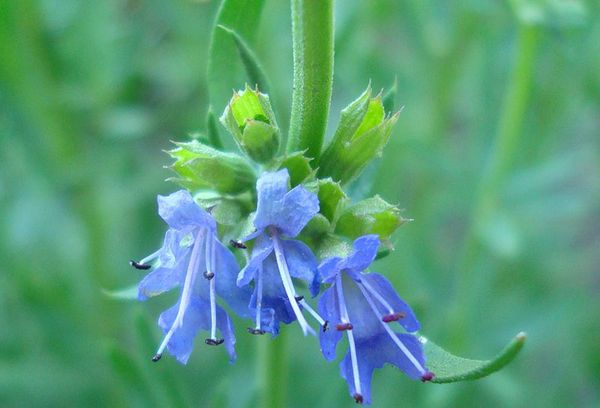
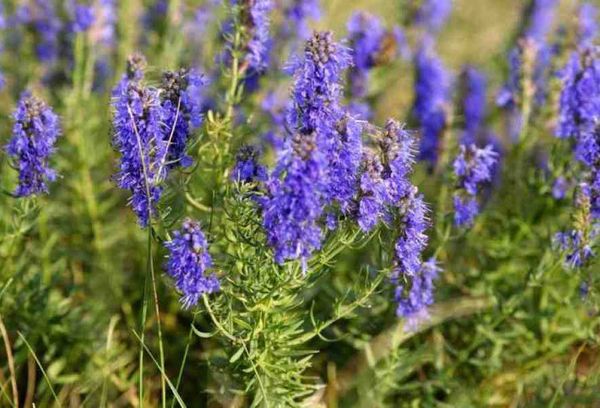
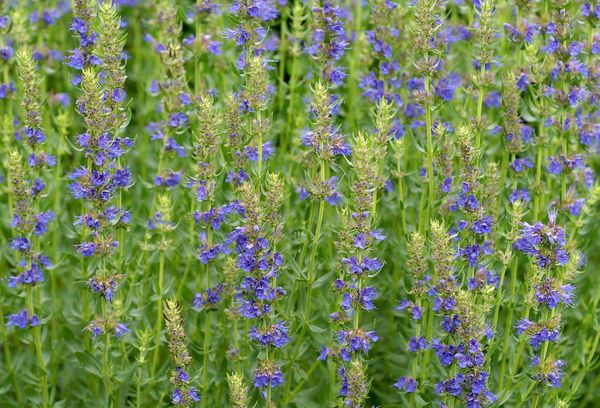
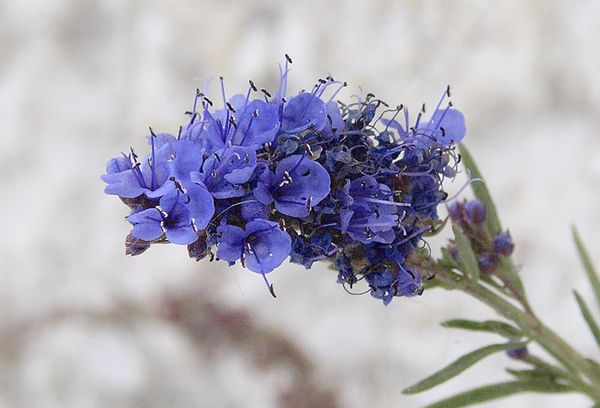
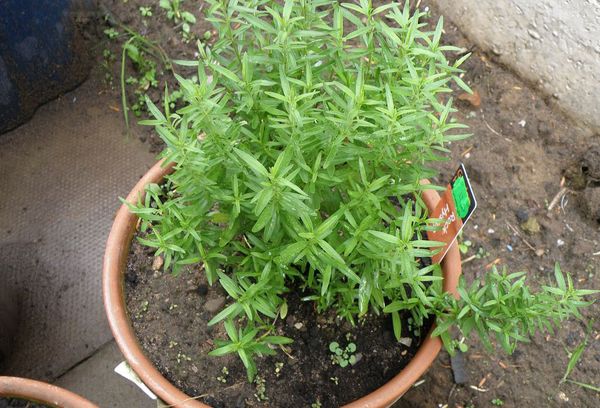
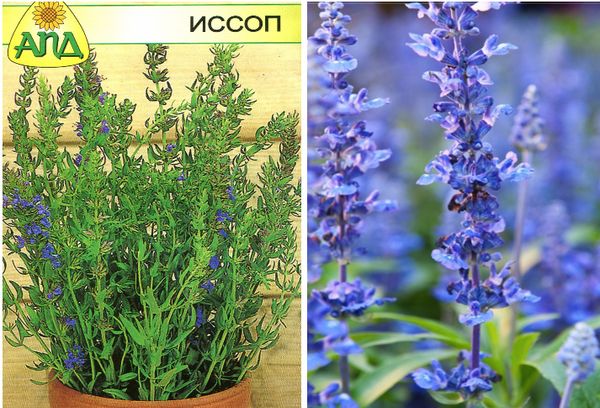
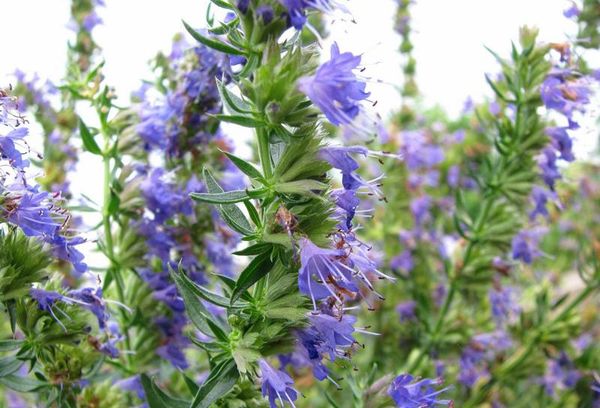
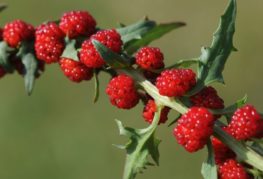
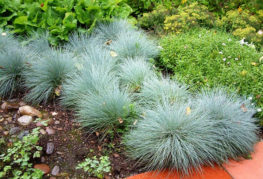

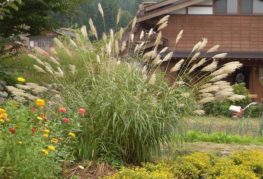
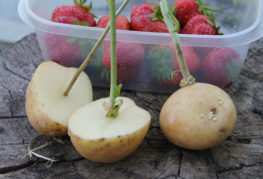
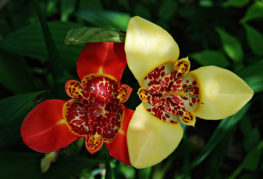
and will be published shortly.